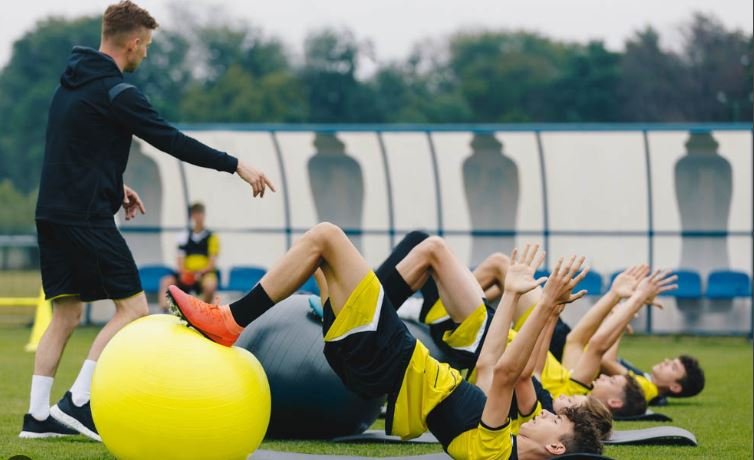Rehab to Return: Safely Progressing to Sports Training
You’ve diligently followed your rehabilitation plan, conquered your injury, and regained strength and mobility. Now, the itch to return to your beloved sport is calling. But hold your horses! Safely progressing from rehabilitation exercises to sports-specific training is crucial to prevent re-injury and ensure a smooth transition back to your athletic endeavors. Here’s a roadmap to guide you through this exciting phase of your recovery journey.

Evaluating Your Readiness:
Don’t rush the process. Schedule an appointment with your healthcare professional to assess your readiness for sports-specific training. They will evaluate your progress, range of motion, strength, and any lingering limitations. This evaluation helps determine if you’re physically prepared for the demands of your sport.
Open communication is key. Discuss your goals for returning to sports training with your healthcare professional. Be clear about the specific sport you participate in and the intensity level you aim to achieve. This information allows them to tailor a plan that progressively challenges you while minimizing the risk of setbacks.
Building a Bridge Between Rehab and Sports:
Once your healthcare professional gives you the green light, it’s time to bridge the gap between rehabilitation exercises and full-fledged sports training. Here are some key strategies to incorporate:
Sport-Specific Movement Patterns: Gradually introduce exercises that mimic the movements you perform in your sport. For example, a basketball player might start with lunges and jump squats, while a soccer player might incorporate agility drills and ball control exercises.
Increase Training Intensity: As your strength and endurance improve, gradually increase the intensity of your workouts. This could involve adding weight to your exercises, increasing the number of repetitions, or shortening rest periods.
Plyometric Training (Consult a Professional First): Plyometric exercises involve explosive movements that train your muscles to generate power quickly. These exercises can be highly beneficial for athletes, but they should only be introduced once your healthcare professional confirms it’s safe for you.
Sport-Specific Skills Training: While focusing on foundational strength and movement patterns, gradually integrate sport-specific skills training into your routine. For example, a tennis player might start practicing basic strokes, while a swimmer might work on drills to improve technique.
Remember, progression is key. Start with low-intensity, low-impact exercises and gradually increase the difficulty and complexity as your body adapts. Listen to your body – any pain or discomfort is a signal to slow down or modify the exercise.
Communication and Collaboration:
Open communication and collaboration with your healthcare team are essential throughout this transition phase. Regularly update your healthcare professional on your progress, any challenges you encounter, or any pain you experience. They can adjust your training plan as needed and ensure you’re on the right track.
Consider consulting a sports physiotherapist or athletic trainer. These professionals possess specialized knowledge of sports-specific injuries and training regimens. They can provide valuable guidance on proper form, injury prevention strategies, and safe training progressions for your particular sport.
Remember the Importance of Rest and Recovery
Your body needs adequate time to recover from training sessions. Schedule rest days into your training plan and prioritize quality sleep. Don’t push yourself to exhaustion – overtraining can lead to fatigue, decreased performance, and an increased risk of injuries.
Listen to your body’s warning signs. Pain, muscle soreness, or fatigue are indicators that you need to adjust your training plan or take a rest day. Ignoring these signals can lead to setbacks and prolong your return to your sport.
Warm-up and cool-down are non-negotiables. Always perform a dynamic warm-up before your training session to prepare your muscles for activity. Similarly, conclude your workout with a cool-down routine to promote recovery and prevent muscle stiffness.
Conclusion
Transitioning back to sports training after an injury should be a gradual and well-planned process. By following these steps and prioritizing your safety, you can minimize the risk of re-injury and ensure a smooth return to your athletic endeavors. Remember, open communication with your healthcare team, a focus on sport-specific movements, and prioritizing rest and recovery are all essential ingredients for a successful return to the sport you love. So, stay focused, train smart, and get ready to conquer your goals on the field, court, or track!



